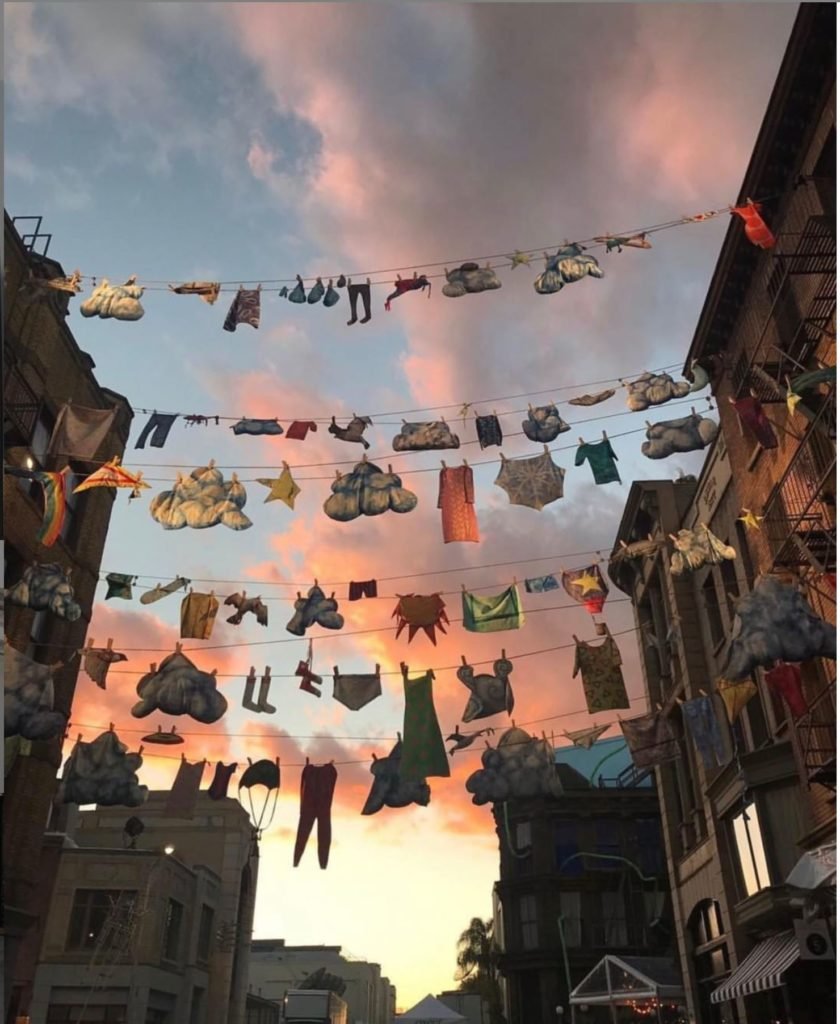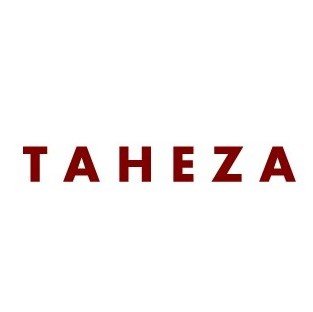Art Fairs and Biennales

As any art lover knows, the calendar of gallery exhibitions, museum blockbusters and high earning auctions is punctuated by biennales and art fairs, which can run for as few as a couple of days, and often attract as much attention as the shows in well-known museums. The art fair schedule is broad, with fairs showcasing everything from contemporary art and old masters and affordable art for the first-time collector. With so many art fairs and biennales taking place globally, alongside the already full calendar of museum and galley exhibitions, it can be a daunting task to decide which ones to attend, particularly for someone new to the art scene. In the last decade, the number of international art fairs has rocketed from 10 to 60, drastically changing the way the industry works, and allowing for viewers to attend fairs across the globe, and on a variety of different genres and periods.
Art Fairs vs Biennales
Firstly, the question of art fair vs biennale. Art fairs typically have the primary aim of buying and selling art. They are places for collectors and investors to find new art to add to their collections, and for artists and gallerists to sell. Biennales, on the other hand, tend to focus more promoting a discourse around art. The commercial aspect is less important than facilitating the discussion of art. They are often more project based, and allow artists to showcase what they have been working on over a longer period. In fact, the incredibly influential Venice Biennale issued a ban on the buying and selling of art at the biennale in 1968, ensuring that the focus remains purely on the display of and discussion around art. Biennales tend to focus on specific themes and a selected group of collectors, while art fairs offer a much wider variety of curators and collectors, including the lesser known ones that might lack representation at a large biennale.
Why Art Fairs?
The benefits of art fairs – to artists, curators, gallery and the public – are many. For artists, they allow the opportunity to present their work to a wide audience that includes gallerists, collectors and the public. The exposure afforded by an art fair can prove to be instrumental in the development of an artist’s career, particularly at an early stage. For curators, art fairs provide them with the opportunity to see the work of many different artists in one venue. Gallerists and collectors are able to find new artists to collect or represent, and to assess the commercial value of their new or current artists. Galleries are also able to showcase mini exhibitions of their artists to a wide audience, and increase support for and interest in their galleries or collections. Galleries away from the main urban centers benefit from the increased foot traffic offered by a large art fair. For the public, art fairs present the chance to see the work of many different artists, and gain an insight into trends in collecting or selling art. They are able to see a variety of different work in one place, all centered around one central theme or genre. Art fairs also provide networking opportunities that are missing from the traditional gallery.

Hannah Greely’s “High and Dry” installation at the inaugural edition of Frieze LA, 2019
Planning an Art Fair
The organisation and running of an art fair can often take many months, and involve a large team of people responsible for planning, promoting and installing the fair, and, crucially, ensuring that it runs smoothly and that visitors are given the best possible experience. For those exhibiting at the fair, the initial planning will involve deciding whether there is a theme for the display, how many artists or artworks to include and, crucially, which artists or works to showcase. Once these decisions have been made, the exhibitors can focus on the logistics, including shipping the works to the venue, and how to display them once they arrive. Promotion is then of vital importance, both for the exhibitors and the fair itself, in order to ensure that the maximum number of visitors attend, including collectors and gallerists who might be interested in buying. Once the planning and promotion has been done, the next step is installation, a task that often involves numerous people and hours of labor. Once the fair is open, gallerists and artists will try their hardest to ensure that they are speaking to the right people, and raising as much interest in their work as possible- while also selling what they can!
Many of today’s biggest art fairs were started in the 1970s, however it was really in the early 2000s that these fairs rose to the prominence they enjoy today. Where wealthy art collectors were once able- and keen- to travel to look for art and objects to buy, today’s collectors prefer a more immediate, concentrated approach. Instead of having to travel the globe to find art worthy of investing, art fairs bring the art to the collectors instead. Despite the cost to gallerists and exhibitors- in 2018 a 60-square-meter booth at Art Basel in Switzerland could cost an exhibitor around $53,000 – galleries and dealers continue to use art fairs as a platform through which to promote their art and collections. There is a clear idea among exhibitors that the cost is far outweighed by the exposure they gain.
Major Art Fairs and Biennales
- The Armory Show, New York, https://www.thearmoryshow.com/
A leading cultural destination for discovering and collecting the world’s most important 20th- and 21st-century art. - TEFAF Maastricht, Maastricht, The Netherlands, https://www.tefaf.com/fairs/tefaf-maastricht
An art fair covering 7,000 years of art history, and widely regarded as the world’s pre-eminent organisation of art, antiques and design - Art Basel, Basel, Miami, and Hong Kong, https://www.artbasel.com/basel
A global, world-leading art fair connecting collectors, galleries and artists - Frieze and Frieze Masters, New York, Los Angeles and London, https://frieze.com/
A media and events company that comprises four international art fairs, covering contemporary and old master art - The Other Art Fair, London and Sydney, http://www.theotherartfair.com/
An art fair allowing visitors to discover and buy art directly from the very best emerging artists - Affordable Art Fair, various locations, https://affordableartfair.com/
An art fair showcasing a wide array of affordable artworks by established artists and rising stars - 1-54, London, New York and Marrakech, http://1-54.com/london/
The leading international art fair dedicated to contemporary art from Africa and its diaspora - Venice Biennale, Venice, https://www.labiennale.org/en
Established in 1895, it takes place from June to November during odd-numbered calendar years. Probably the most well-known of all biennales, featuring international works throughout the entire city of Vencie. - Sao Paulo Biennial, Sao Paulo (Brazil), http://www.bienal.org.br/exposicoes
Started in 1951 and takes place during even-numbered years. It is the biggest and oldest biennial in the Americas. - documenta, Kassel (Germany), https://www.documenta.de/
Strictly speaking, this isn’t a biennale as it occurs every 5 years, however it is certainly one of the must-see exhibitions for any art lover. - Dak’Art, Dakar (Senegal), http://biennaledakar.org/
Launched in 1992, the Dak’Art Biennial of Contemporary African Art is held in May of every even numbered year. - Sharjah Biennial, Sharjah (UAE), http://sharjahart.org/
This biennial was established in 1993 as a local art exhibition, however they shifted focus in 2003. It has since been held every odd numbered year, starting in March.
